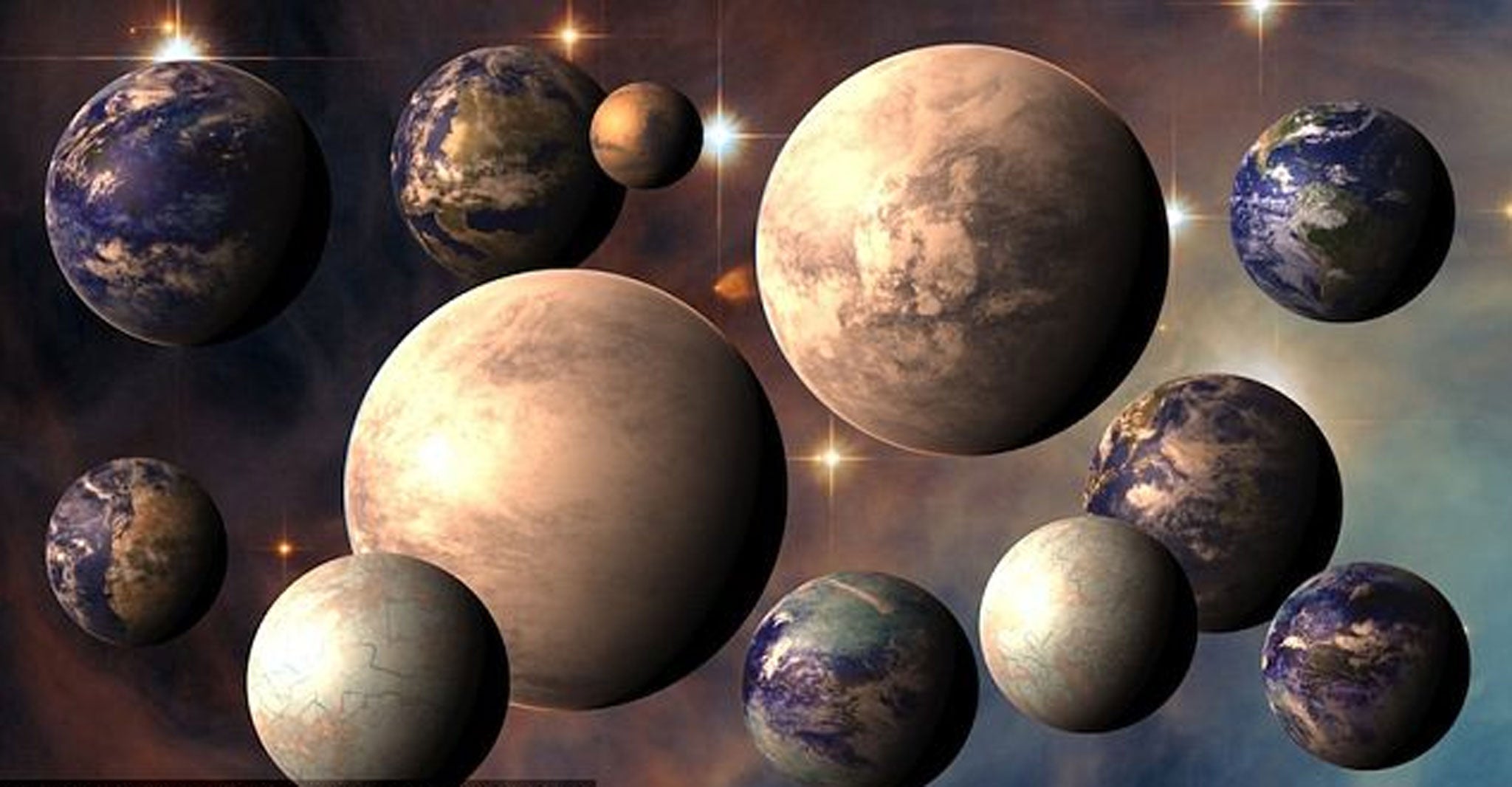Revealed: Seven Milky Way planets could harbour life
Habitable Exoplanets Catalog said it had far exceeded expectations in search for new Earth

Your support helps us to tell the story
From reproductive rights to climate change to Big Tech, The Independent is on the ground when the story is developing. Whether it's investigating the financials of Elon Musk's pro-Trump PAC or producing our latest documentary, 'The A Word', which shines a light on the American women fighting for reproductive rights, we know how important it is to parse out the facts from the messaging.
At such a critical moment in US history, we need reporters on the ground. Your donation allows us to keep sending journalists to speak to both sides of the story.
The Independent is trusted by Americans across the entire political spectrum. And unlike many other quality news outlets, we choose not to lock Americans out of our reporting and analysis with paywalls. We believe quality journalism should be available to everyone, paid for by those who can afford it.
Your support makes all the difference.An ambitious project to catalogue every habitable planet has discovered seven worlds inside the Milky Way that could possibly harbour life.
Marking its first anniversary, the Habitable Exoplanets Catalog said it had far exceeded its expectation of adding one or two new planets this year in its search for a new earth.
In recent years scientists from the Puerto Rico-based Planetary Habitability Laboratory that runs the catalogue have sharpened their techniques for finding new planets outside our solar system.
Chile’s High Accuracy Radial Veolocity Planet Searcher and the orbiting Kepler Space Telescope are two of the many tools that have increased the pace of discoveries.
The Planetary Habitability Laboratory launched the Habitable Exoplanets Catalog last year to measure the suitability for life of these emerging worlds and as a way to organise them for the public.
It has found nearly 80 confirmed exoplanets with a similar size to Earth but only a few of those have the right distance from their star to support liquid surface water - the presence of which is considered essential to sustain life.
Seven potentially habitable exoplanets are now listed by the Habitable Exoplanets Catalog, including the disputed Gliese 581g, plus some 27 more from NASA Kepler candidates waiting for confirmation.
Although all these exoplanets are superterrans are considered potentially habitable, scientists have not yet found a true Earth analogue.
Over the next year, the Habitable Exoplanets Catalog will go further in its analysis of the planets that could possibly harbour life, offering new visualisations and habitability assessments.
However, the team says the biggest impact over the next 12 months will come from new discoveries rather than deeper analysis of planets it has already found.
A spokesperson said: “A true Earth analogue or a potentially habitable exomoon would be big discoveries.”
“Certainly, this was the right time to start mapping the habitable universe around us.”
Join our commenting forum
Join thought-provoking conversations, follow other Independent readers and see their replies
Comments